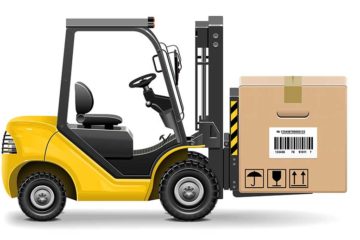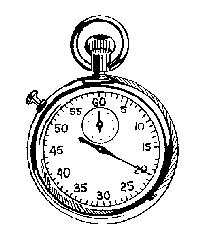Lean System vs. Lean Tools
Would you go to a doctor whose credentials included only the following? Completed a six year program at ‘Scalpel University’ Certified in ultrasound technology Developed a medication distribution robot for hospitals What about one who only focused on the theory of healing, but never actually learned how to read an x-ray or has yet to work with a real, live patient? The point is that being a good doctor requires both an understanding of the theory Read more…


